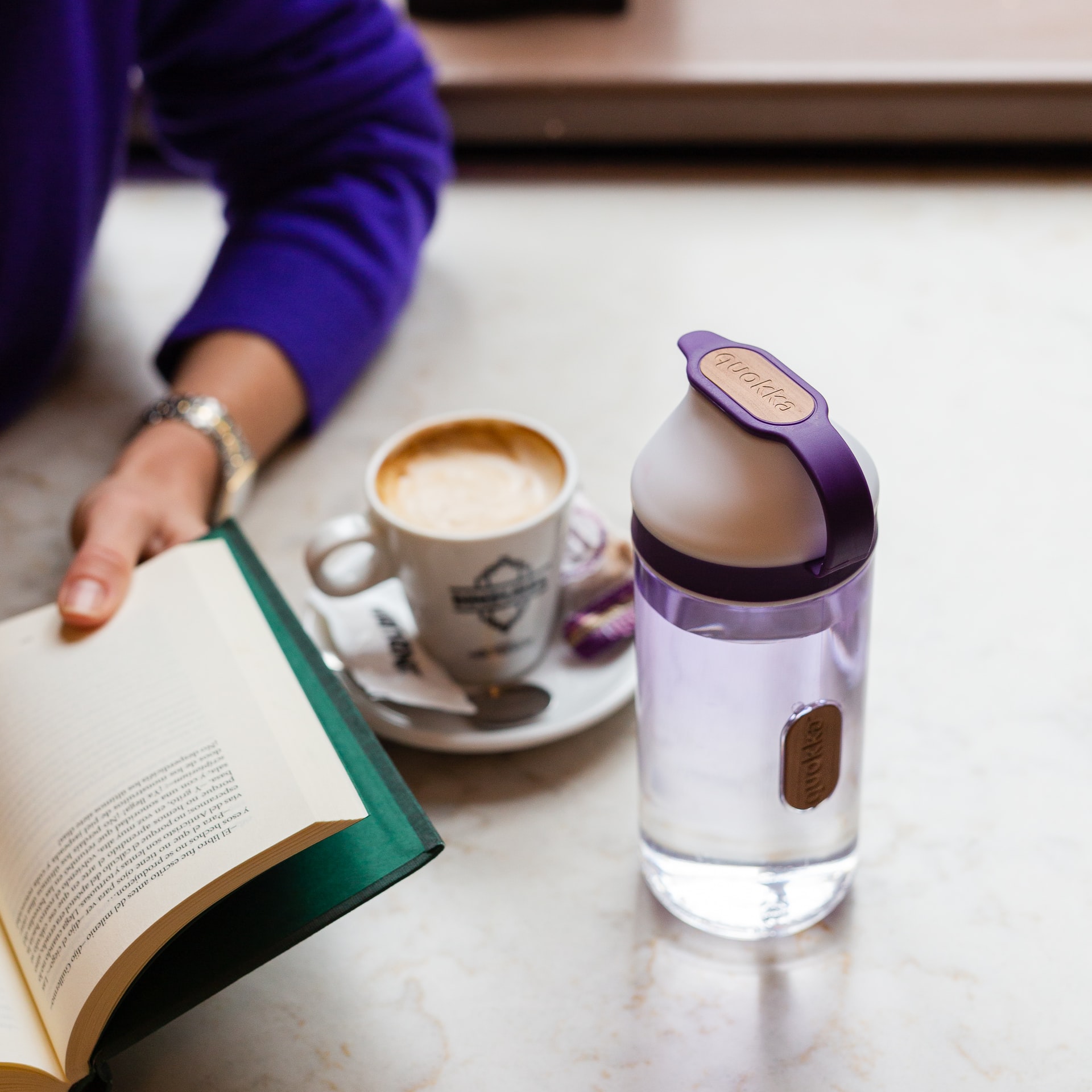ARTICLE
Further education and sustainability
We’re all responsible for acting on sustainability, whether as a Further Education (FE) institution business and educator, or an FE student. The FE sector is in a great position to help bring about a transformation in society; reaching millions of learners from all walks of life and touching communities in every town and city in the country.
June 02, 2021

Further education and sustainability
The most often quoted definition of sustainability comes from the UN World Commission on Environment and Development: “sustainable development is development that meets the needs of the present without compromising the ability of future generations to meet their own needs.”
We’re all responsible for acting on sustainability, whether as a Further Education (FE) institution business and educator, or an FE student. The FE sector is in a great position to help bring about a transformation in society; reaching millions of learners from all walks of life and touching communities in every town and city in the country. FE institutions as a business should aim to make the operations of buildings more efficient and look at how to reduce carbon emissions. FE institutions as educators need to introduce sustainable development into the curriculum to provide students with the skills they need to tackle the effects of climate change. Education in sustainability will help students with increased employment opportunities and greater potential for career progression.
The National Association for Environmental Education (NAEE) suggests using the four Cs; curriculum, campus, community, and culture as focus points to audit climate and sustainability in your institution. You could also take a look at the seventeen sustainable development goals, which a diverse range of countries has signed up to, and decide which you can focus on first and how they can become an integral part of your FE institution.
Students can also help create a more sustainable campus with just a little green thinking! Here’s some easy tips to share with them:
1. Stop using disposable items. Students might want to save themselves the hassle of washing dishes, but to live more sustainably they really need to invest in reusable plates, cutlery, cups, and a handy water bottle!
2. Buy second-hand, buy local, re-sell or donate. Encourage students to give new life to an item of furniture or clothing and buy local where possible. This cuts down on the carbon footprint of deliveries and on items potentially going to landfill. When they’ve finished with the items, they could resell or donate them to charity.
3. On your bike! We all know cars cause pollution; riding a bike is one of the most sustainable forms of transport and this one isn’t just for students. Not only will you cut down on carbon emissions, but you’ll be keeping fit and healthy.
4. Try not to automatically reach for the heating or air-con. Just a little chilly – put on extra layers of clothing. Getting warm – open those windows and let the fresh air in. There will be times when you need to utilise the heating or air-con, but try to keep it to a minimum.
5. Recycle, recycle, recycle! This is probably the easiest way to create a more sustainable campus. Make sure students know where to find the recycling facilities, whether on campus or at a local facility – for paper, plastics, electronics, or clothing.
“The greatest threat to our planet is the belief that someone else will save it.” – Robert Swan, Author
Sustainability remains vitally important and the sector is making excellent strides towards educating for sustainability. Let’s keep up the momentum.

